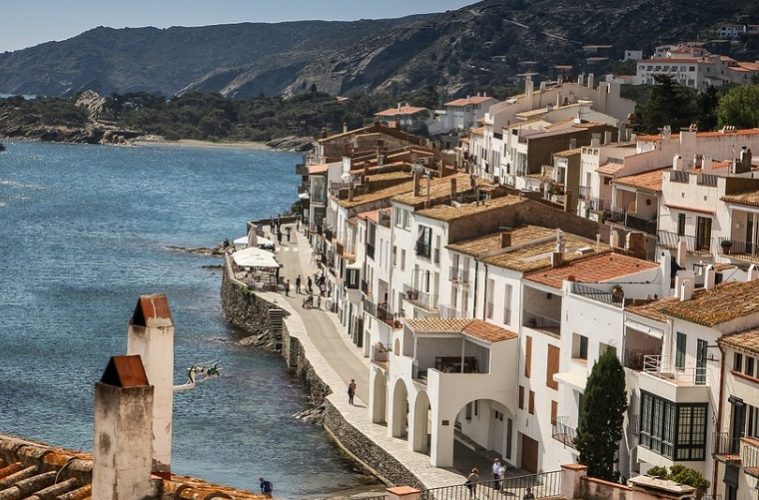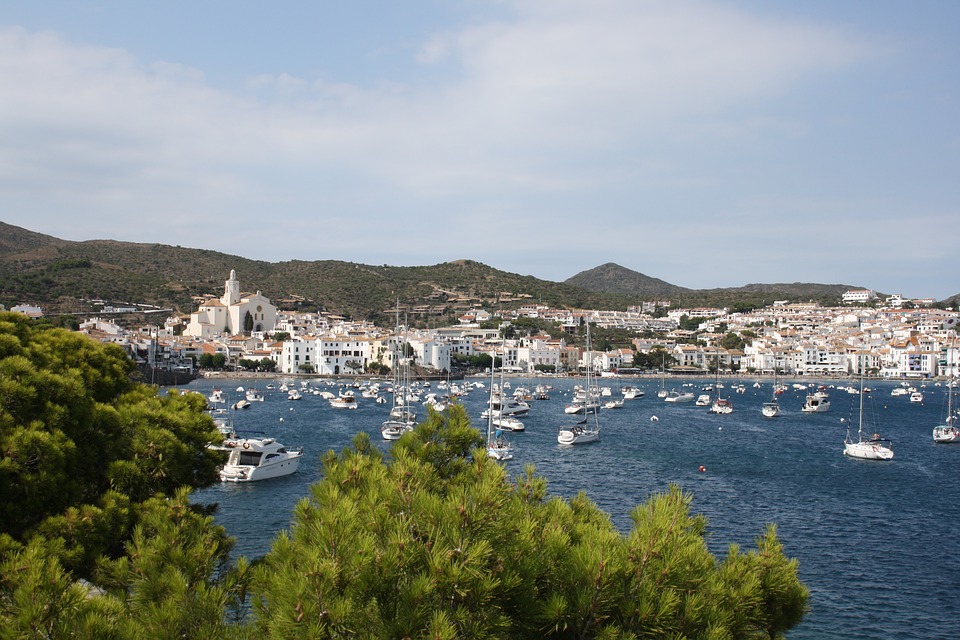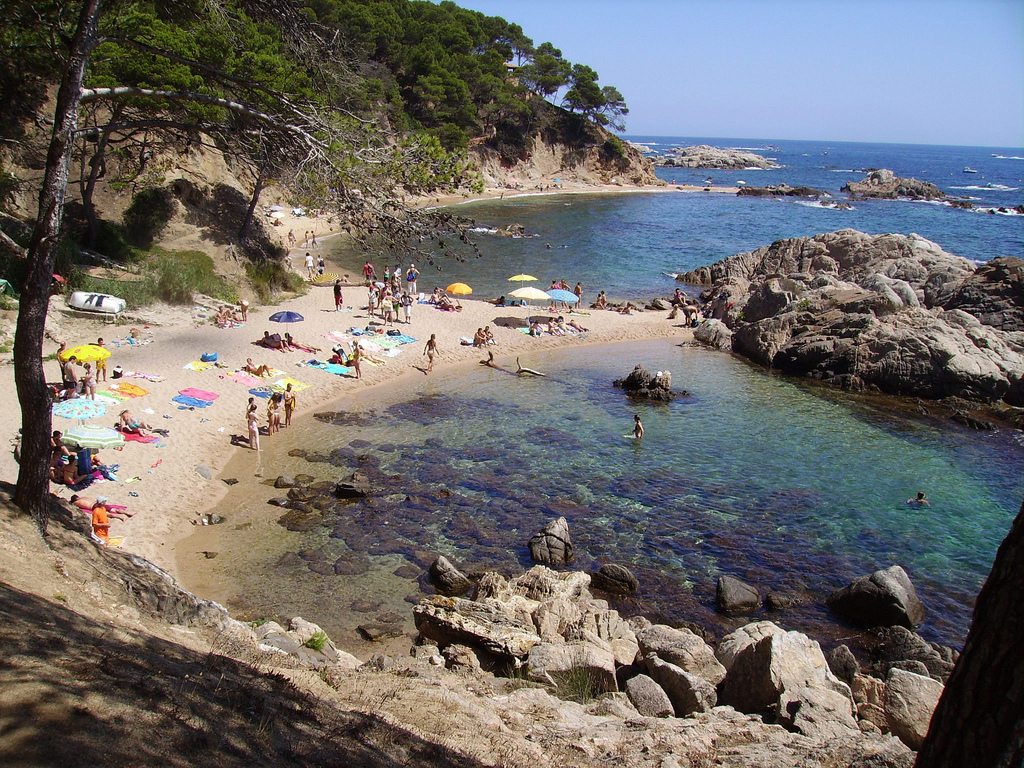The Costa Brava probably hit its hey-day in the 1980s as a British holiday destination. With its thriving British community, it gained a reputation as Little Britain and tales of British holidaymakers sticking to British dishes instead of trying the local fare and dated accommodation saw the region understandably, but perhaps unfairly, dismissed as “past it”.
But the area has garnered a new reputation – one for fine wine and dining that has seen the Costa Brava back in fashion with British holidaymakers.
Travel giant Thomas Cook, which tipped the Costa Brava as one of three retro destinations that would gain popularity this year, believes Michelin star restaurants, and new and refurbished hotels will attract the tourists back.
Actually, the Costa Brava is one of the most unspoiled stretches of coast in Europe. You can experience the same rugged pink rocks set against the glimmering azure of the Mediterranean on the Cote d’Azur, but it’ll cost you a whole lot more.
The Costa has some of the best Blue Flag beaches in Europe too, secluded coves, elegant bays and sandy stretches of golden sand, variously wild and contained.
Playas del Calella is a very pretty beach, with an equally pretty village behind it. Snorkelling is good, and the beach isn’t too crowded. In fact, it’s perfect for an evening stroll as it’s even emptier at night.
Equally beautiful is Playa Cala Sa Boadella, but as this is shared with naturists, expect a bit of nudity if you go to the far end. It’s less sand, more very fine shingle, but it is popular with families and has good facilities.
But no matter what the Costa’s reputation, the beaches have never been in question.
The Costa is littered with superb restaurants serving exceptional food – you can still find the English menu with its ubiquitous egg and chips – and it’s a foodie’s paradise. The area has one of the highest concentrations of Michelin-starred chefs in Spain and the wondeful local wine has been drawing French and Spanish visitors for years.
Every town has its own local specialities, so don’t expect to go easy on your waistline if you intend to experience the full range of Costa cuisine. But if you want to be sure to get a table, particularly durin the summer, it’s advisable to make a reservation.
The Rositsseria Can Padres in Pals is what Nandos can only aspire to – the best place to eat chicken. It does have a dessert menu (try the whiskey cake – it’s quite special) but your main meal comes in few varieties: chicken (quarter or half), with or without chips. It’s very busy with locals, so be prepared to wait – you won’t be disappointed.
One famous Spanish dish the Costa does very well is tapas, particularly at Can Nicanor in Palamos. The portions are hearty and the prices are reasonable. Try the cheese filled jalapeños washed down with a cold caña, or the Isle of Man Rabbit or pig face sausage.
The accommodation has been much improved too, with luxury and boutique replacing retro and dated. The Cosmopolita Hotel-Boutique offers a beach-side location with sea views, massage services and a spa.
A little further afield is the beautiful white-washed town of Cadaqués, that inspired the peninsula’s famous adopted son, the artist Salvador Dali. Brimming with culture and year-round festivities, the town offers endless hours of exploration and views of a wild coastline set against crystal-clear waters and it’s here you’ll find smart boutique guest houses, such as the Tramuntana Hotel with its modern style and romantic atmosphere.
If you still sway towards some British fare in this wonderful Catalonian region, then head to Pizzeria Bar Tonys in Palafrugell. Apparently the bacon, egg and chips brunch is “top”.





